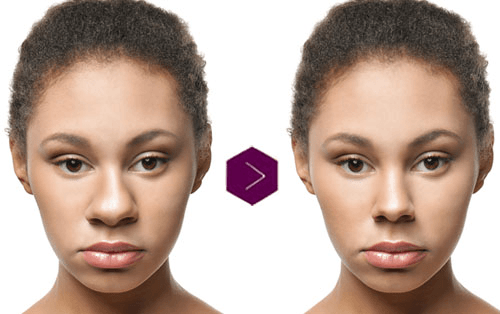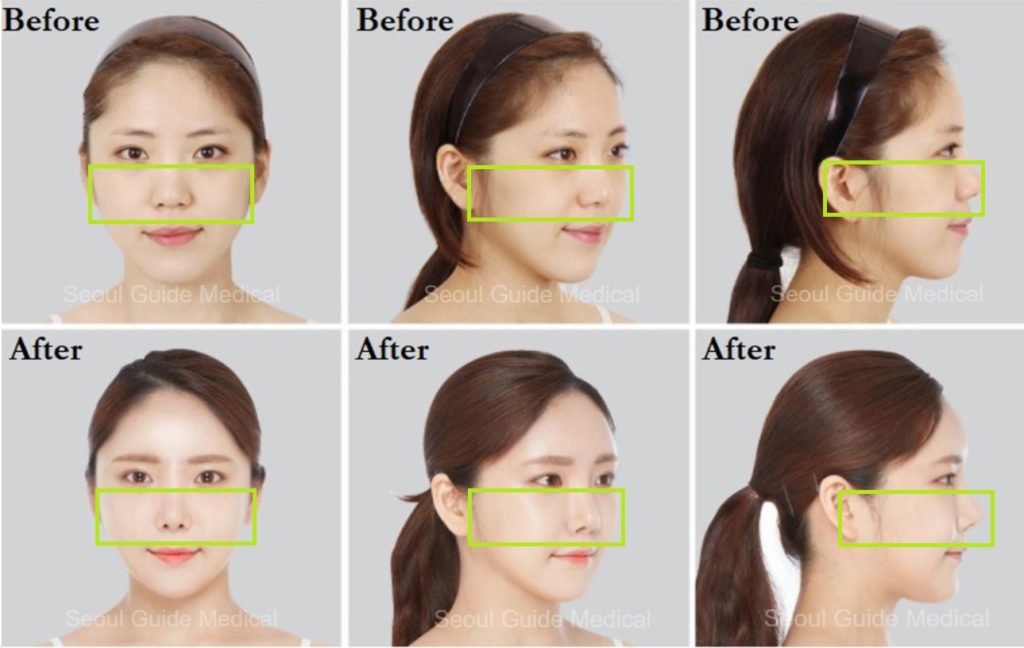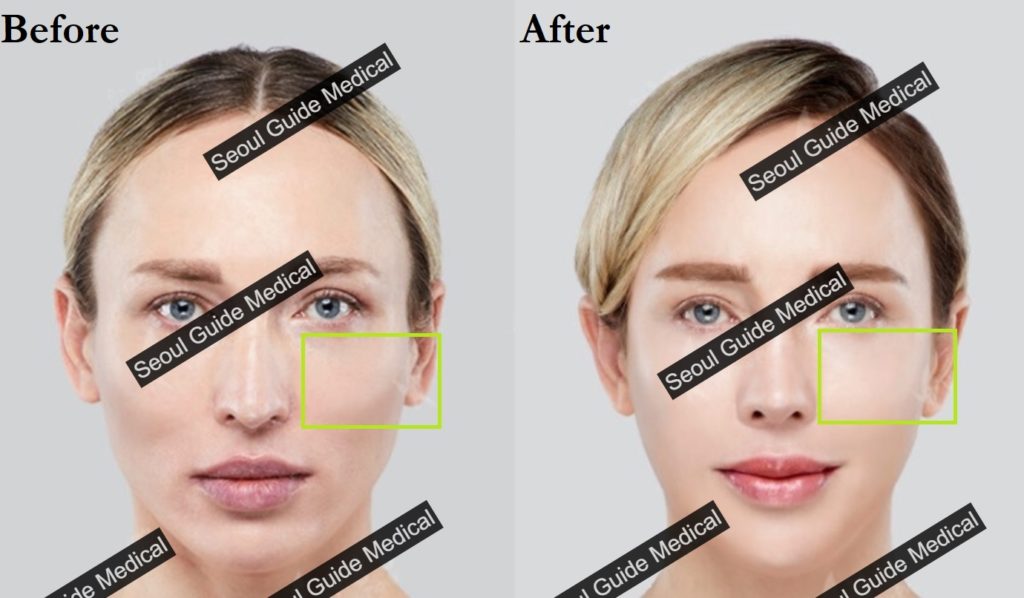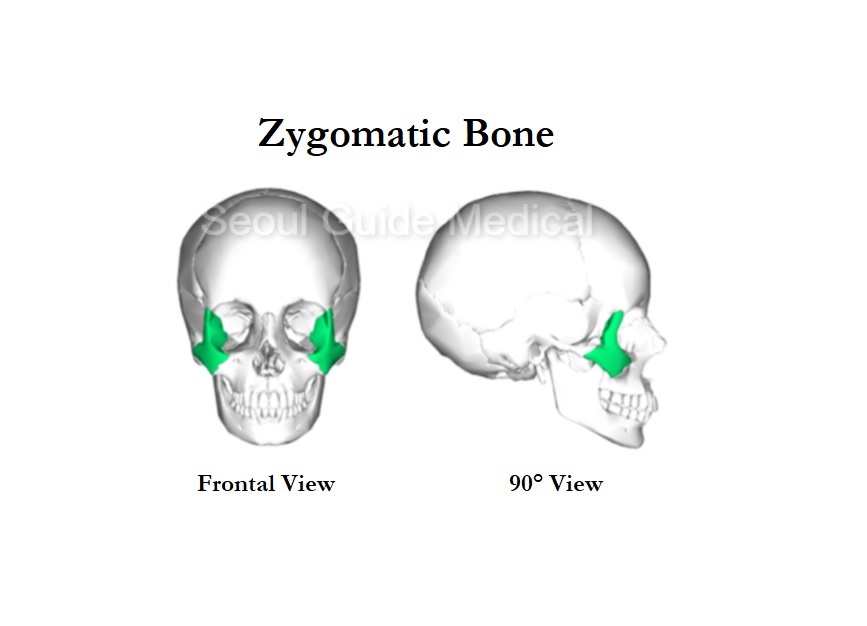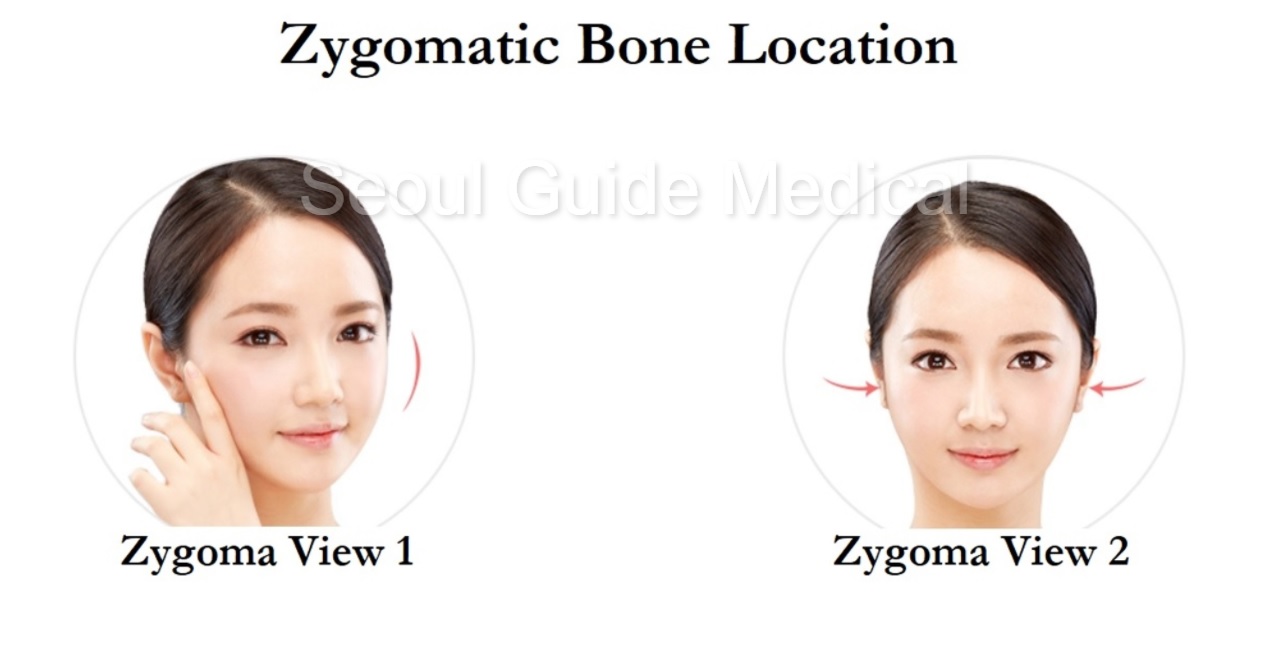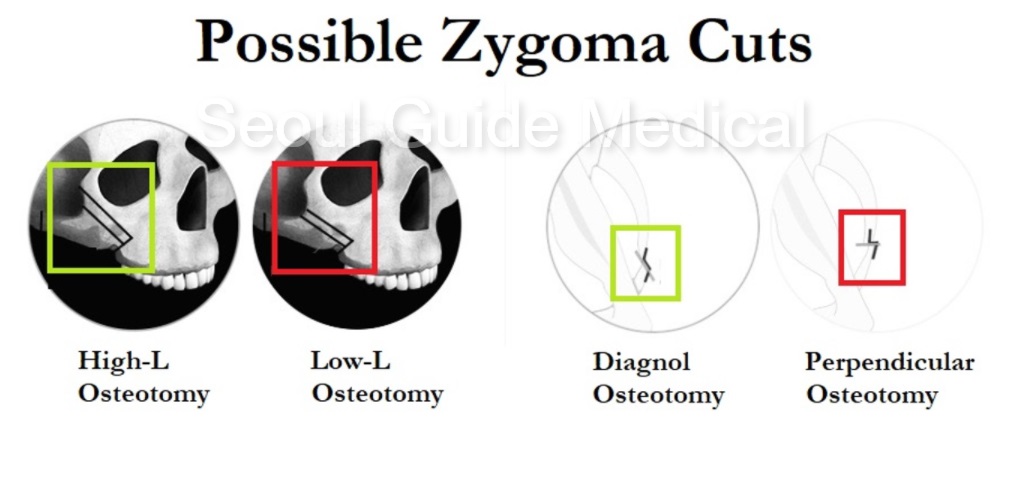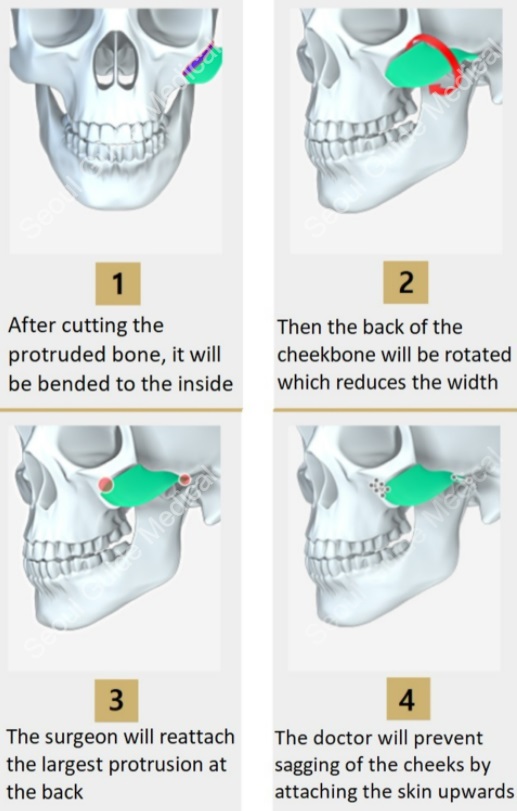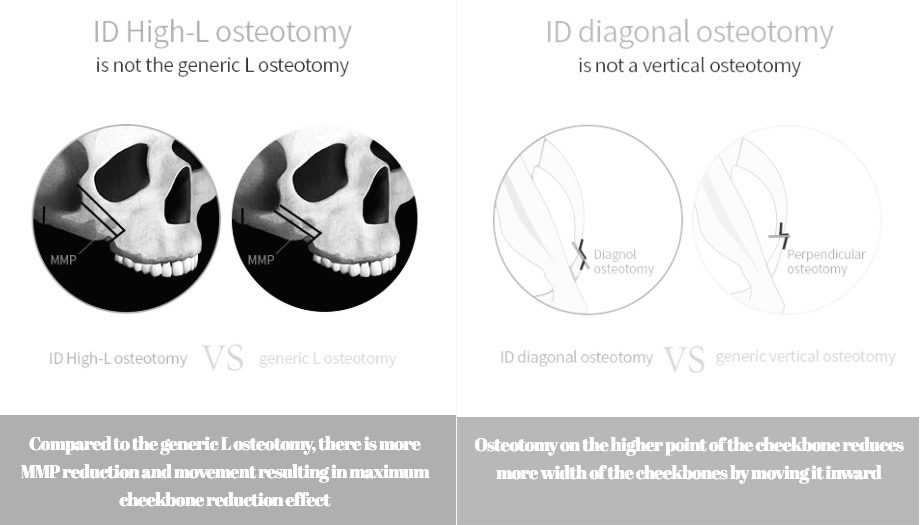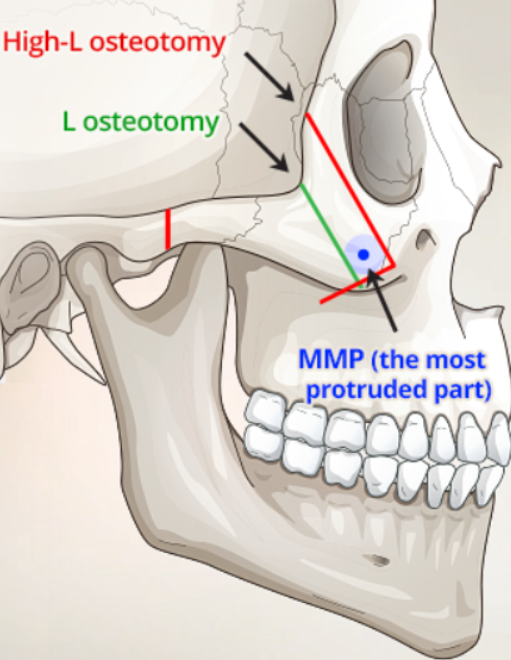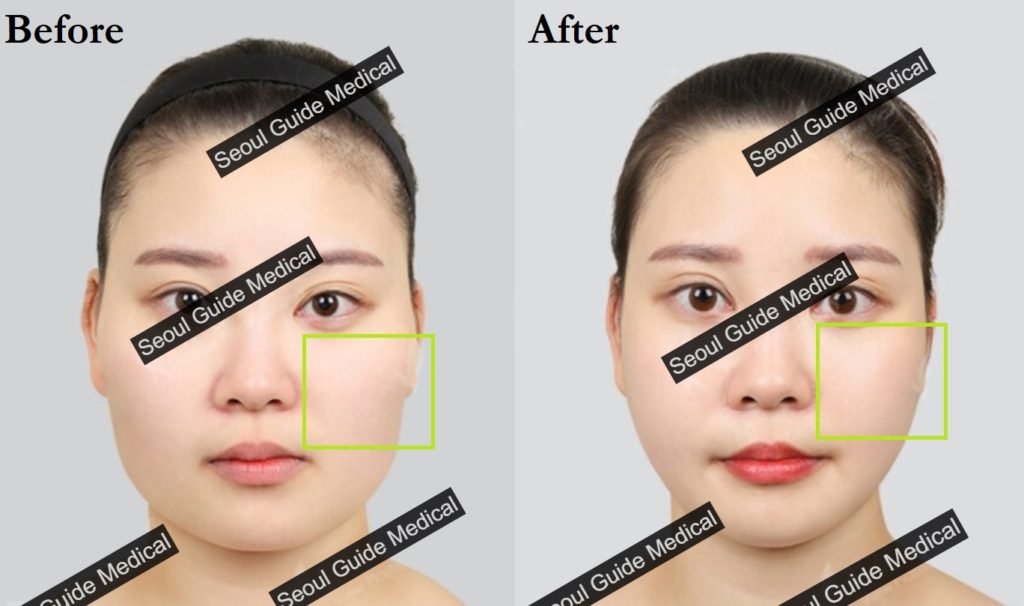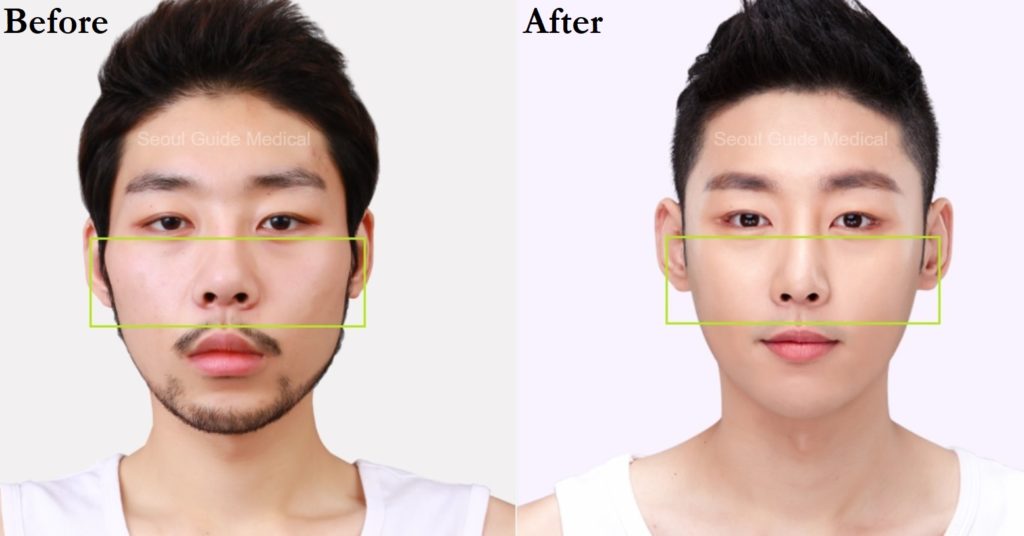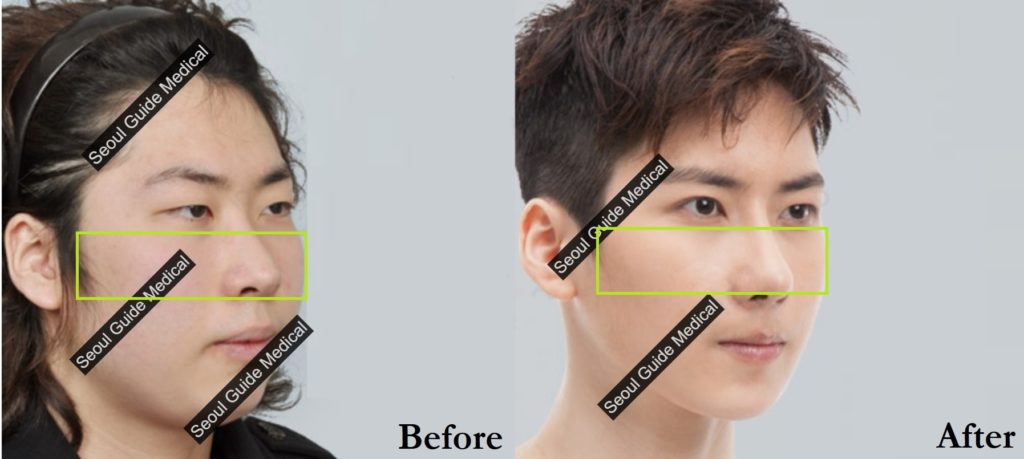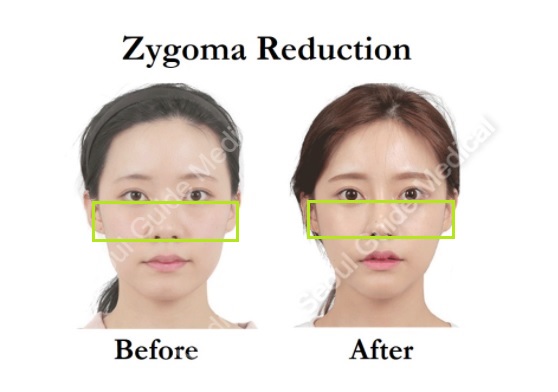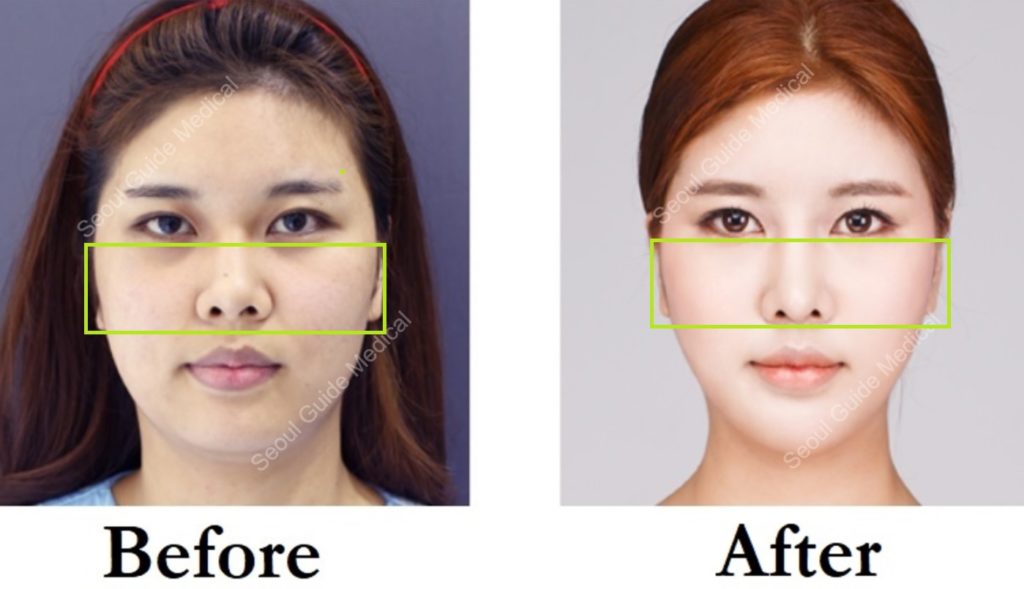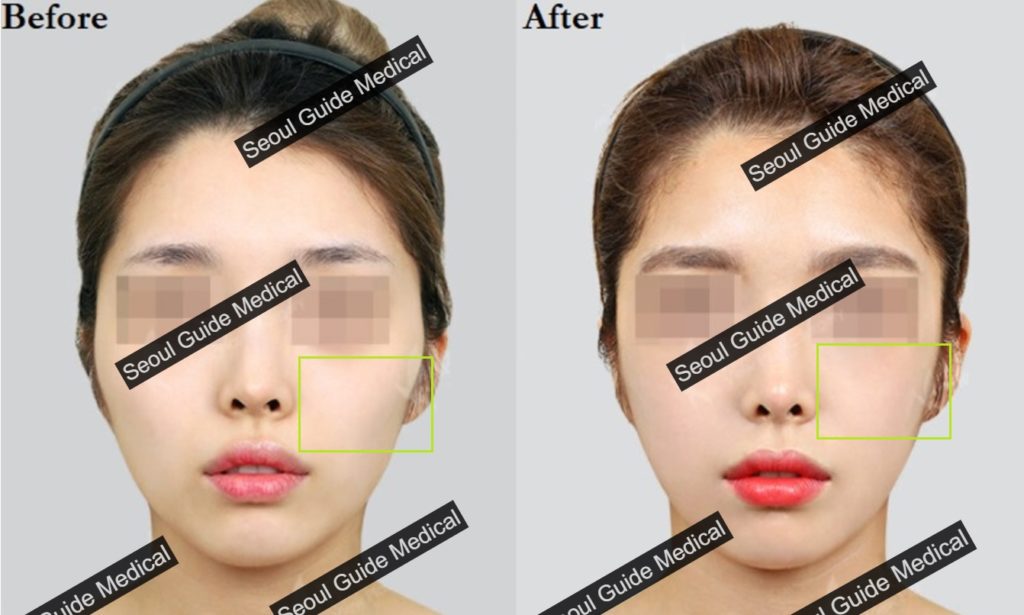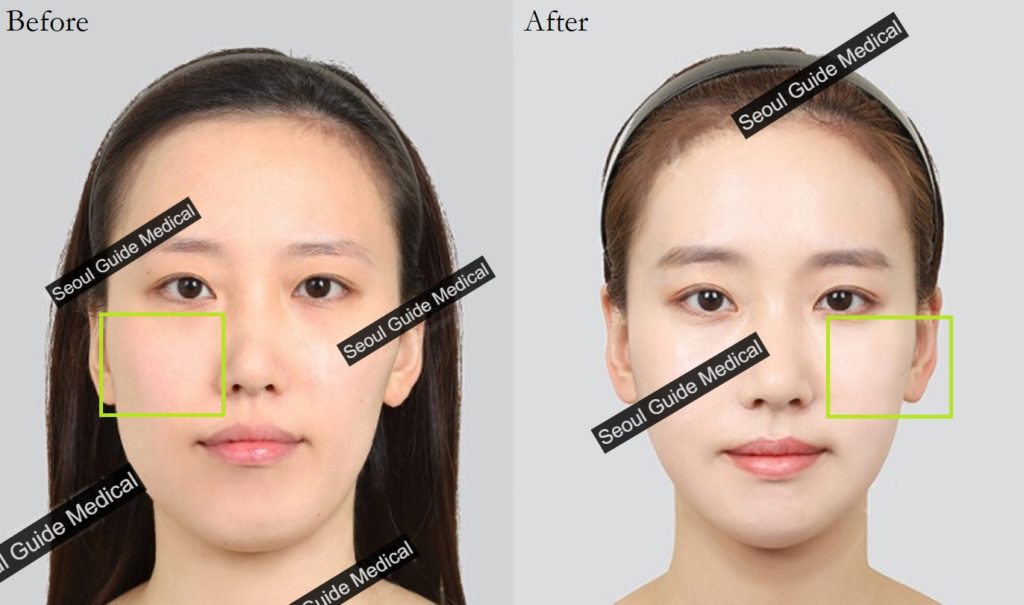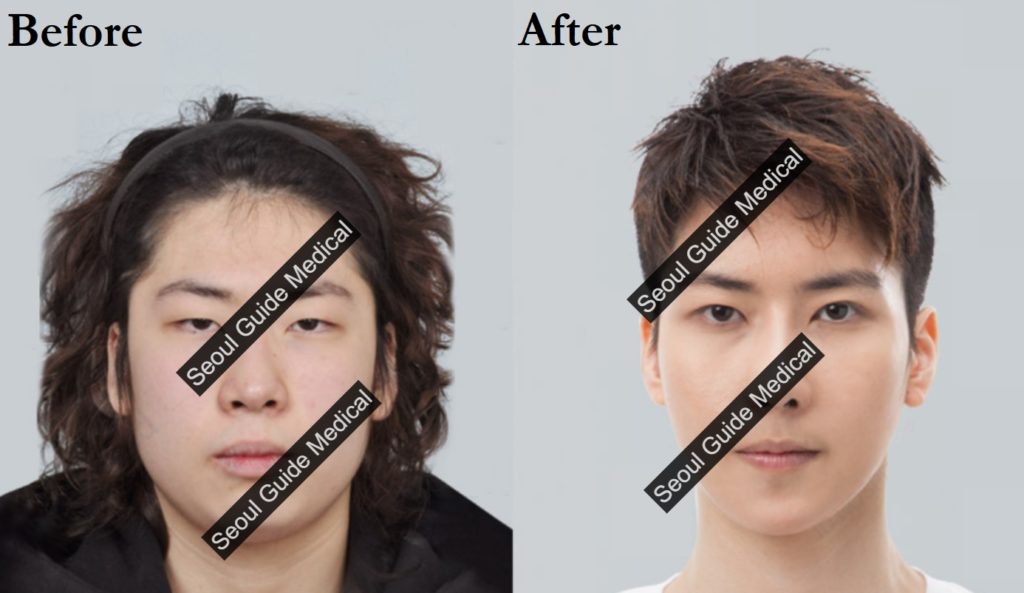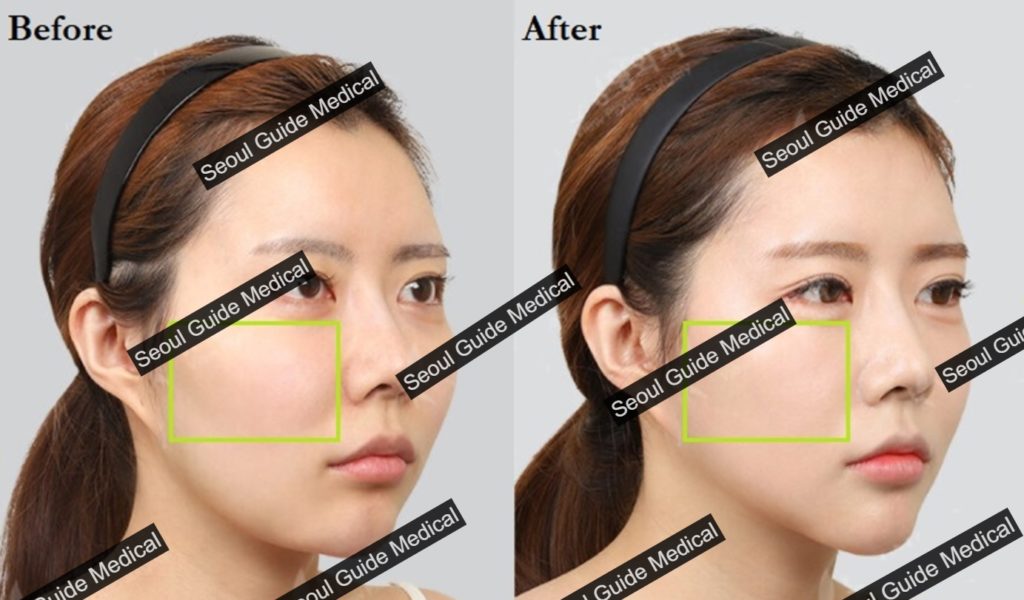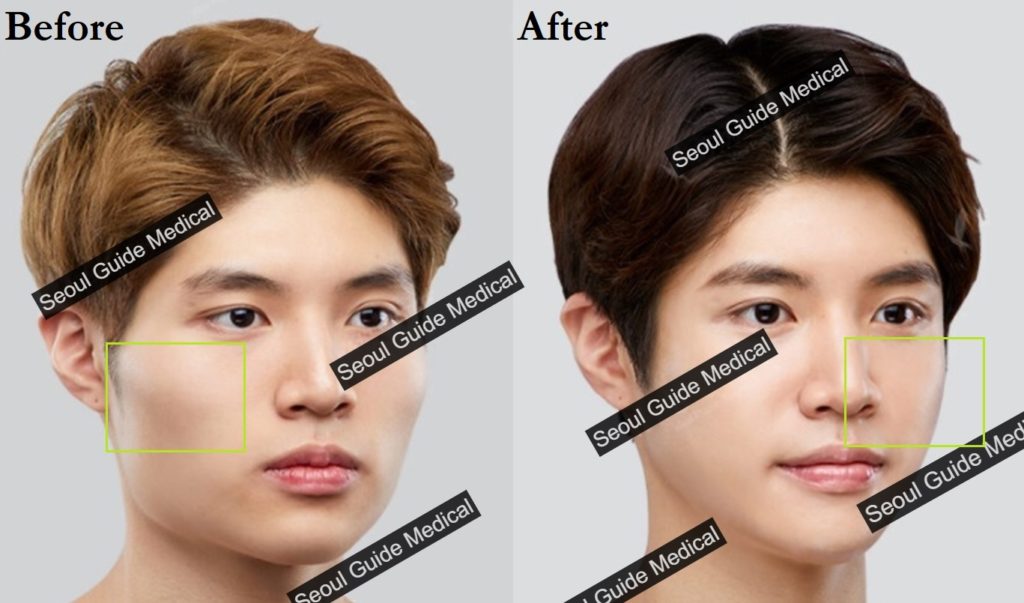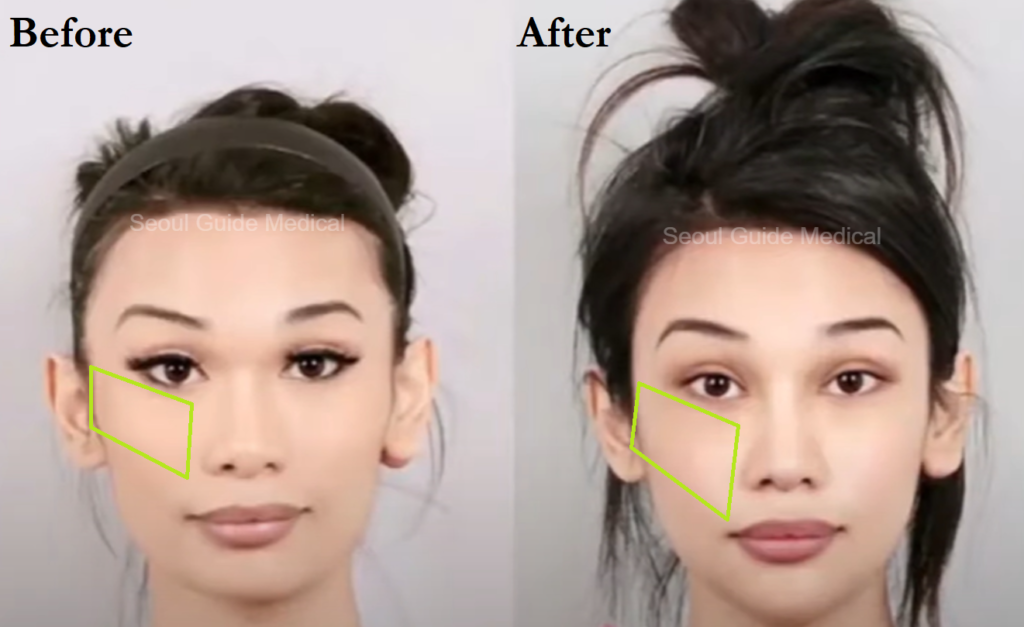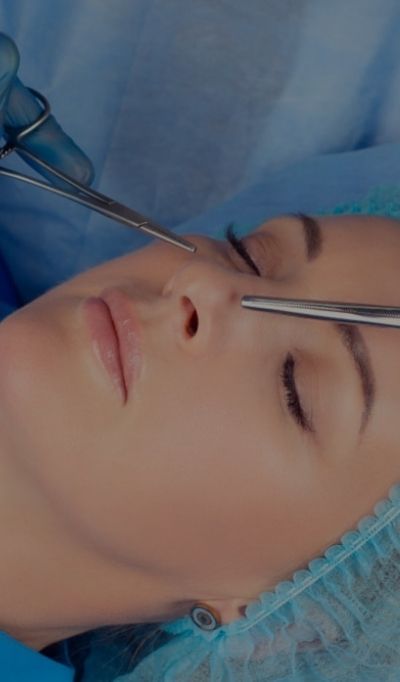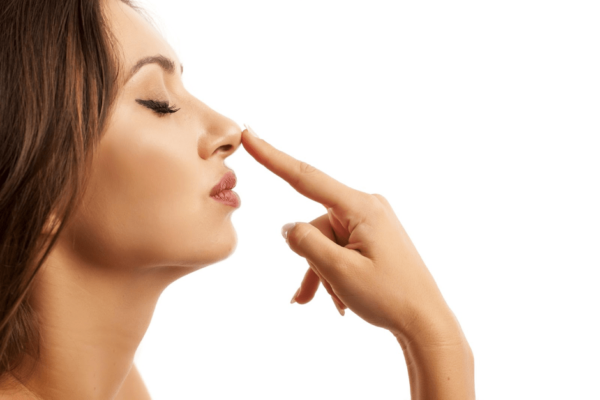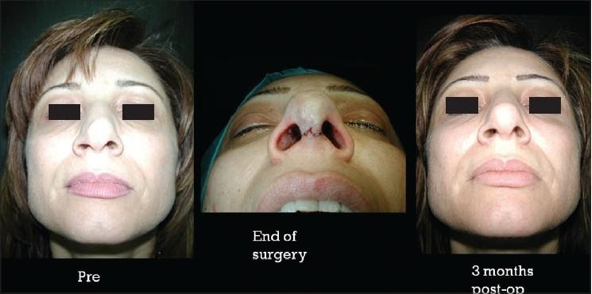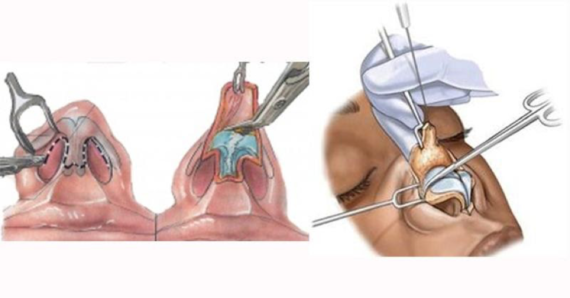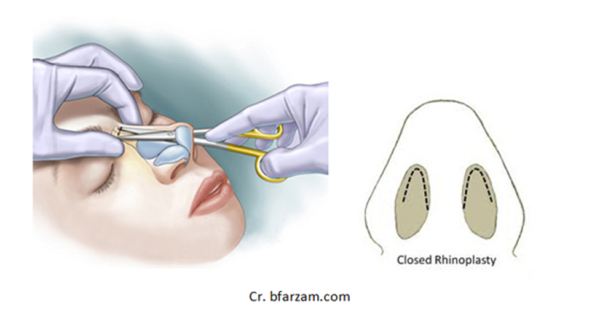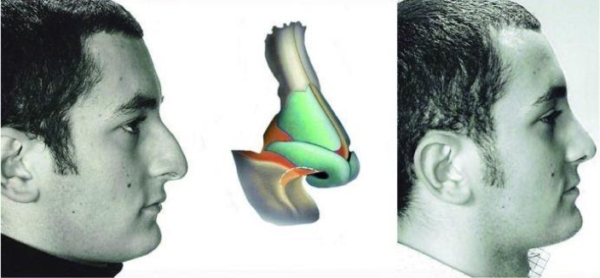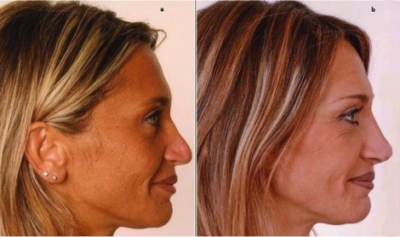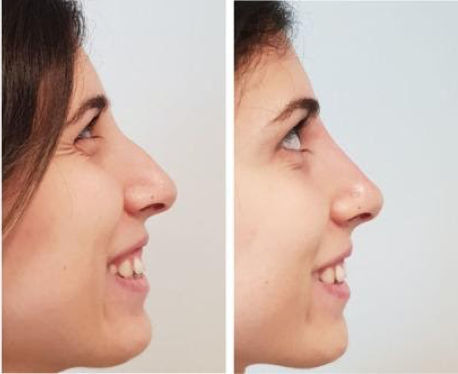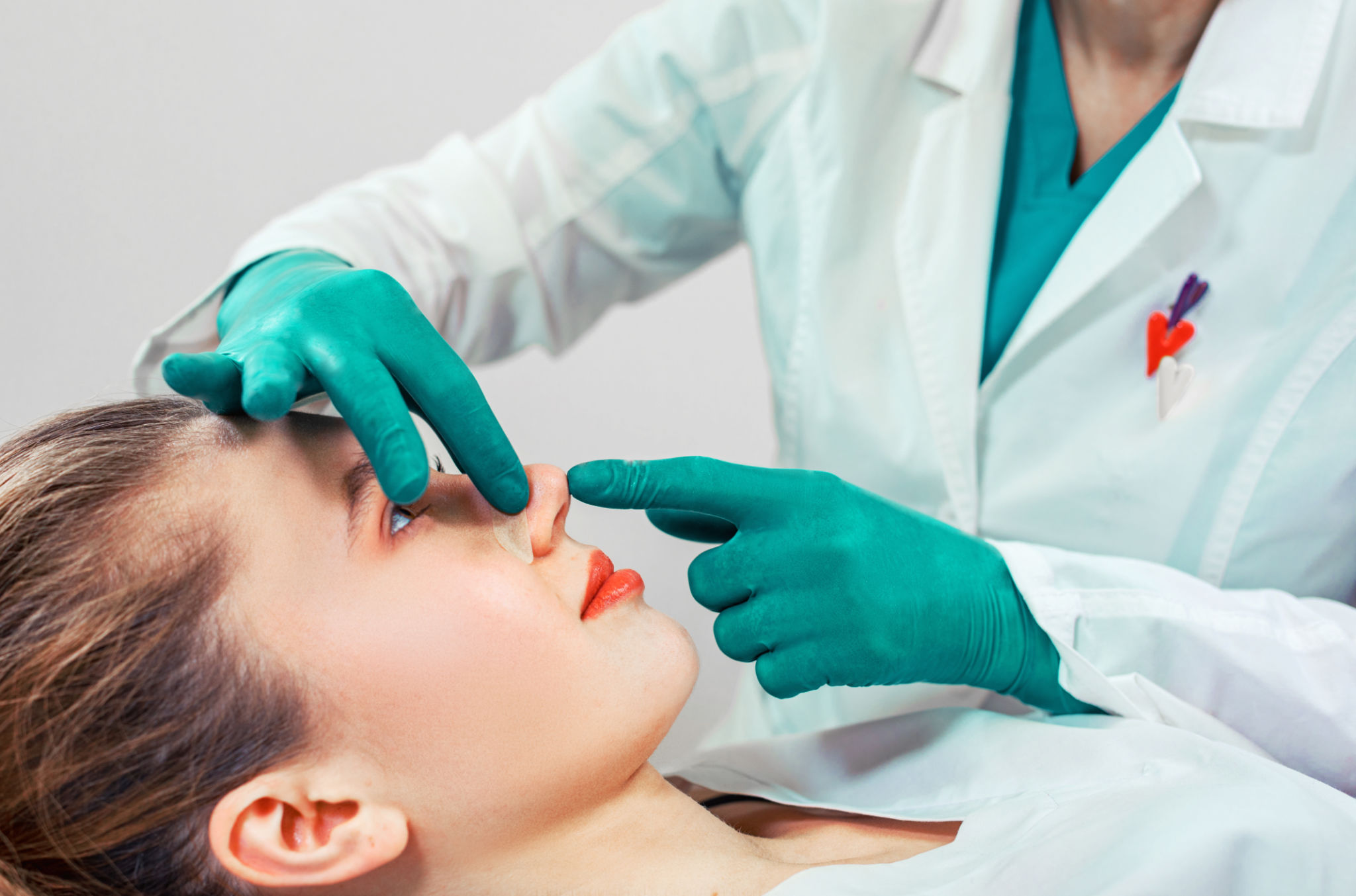
The nose plays an important role in establishing a natural and aesthetically-pleasing look. Rhinoplasty, which is often referred to as a ‘nose job,’ is typically performed to address breathing problems brought about by irregularities in the structure of the nose or give it a more aesthetically pleasing look. Because the nose sits at the center of the face, it plays a crucial role in your overall appearance. Unfortunately, not all of us are lucky enough to be born with a nose that sits in harmony with the rest of our features. Luckily, rhinoplasty can address these issues. Here at Seoul Guide Medical we have many staff (including our CEO) who have had rhinoplasty done. We have a lot of experience and will explain more about the procedure and the surgeons who perform it in this article.
South Korea is known for having the most experienced, well trained and highly sought-after plastic surgeons in the world. The education system in Korea is one of the most competitive in the world. To become a doctor you must be in the top 1% amongst those in this highly competitive society. Then to become a plastic surgeon you must be in the top 1% of that 1%. Finally, to practice plastic surgery in Gangnam (the center of plastic surgery in the country), you must be in the cream of the crop amongst those top 1% of the 1%. Surgeons here work Monday to Saturday usually and tend to specialize much more than doctors in less competitive societies. When doctors start they often work in bigger clinics or hospitals doing many cases per day. Before they ever open their own practice they’ve already done thousands of surgeries.
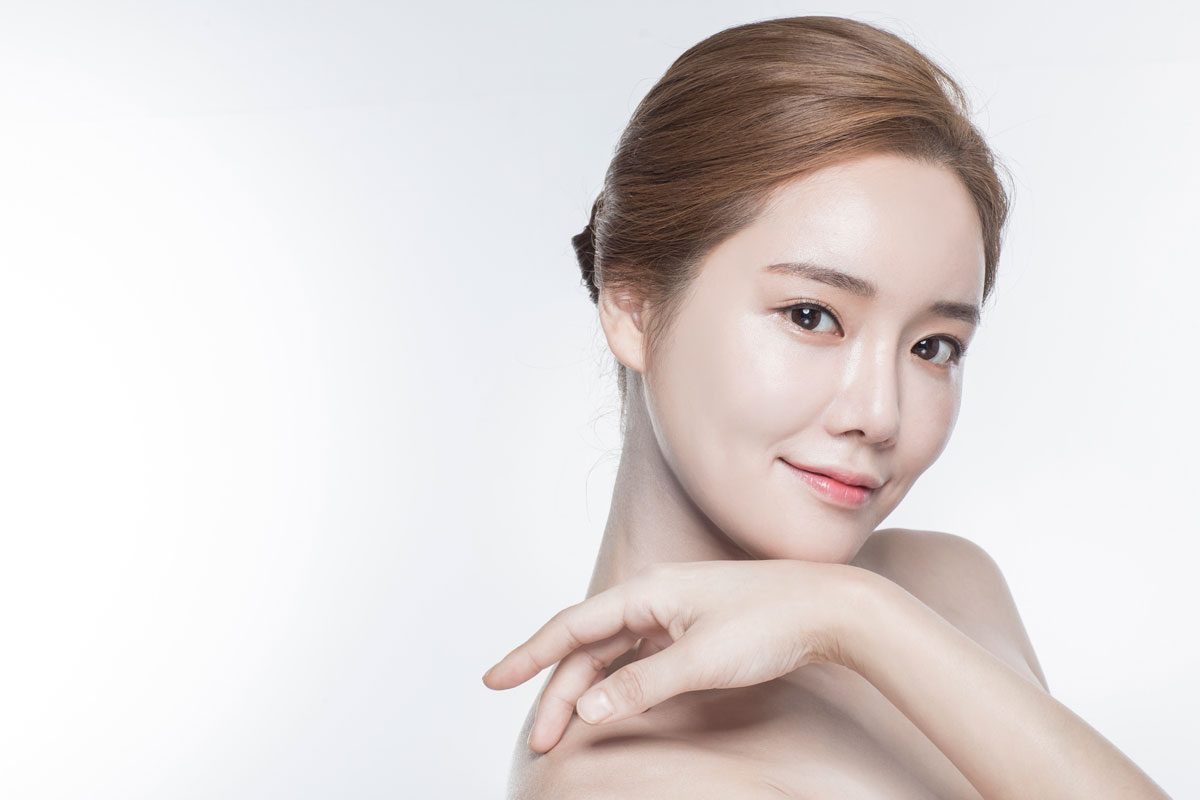
WHAT TO EXPECT IN GETTING A NOSE JOB IN SOUTH KOREA
Many people desire to have a more symmetrical nose and opt to have rhinoplasty as a solution. Ideally, we would all have perfectly symmetrical starting points so the end result is also perfectly symmetrical. The truth is that your starting point will determine your outcome. Rarely is anyone symmetrical to start out with and so the result will not be perfectly balanced. It will end up around 85% of what you think is possible. This is where reality hits expectations. One nostril may be originally wider than the other. Your jaw may not be aligned correctly and your nose will be straight but it may look slightly off since your face is slightly off. In short, your nose will look much better than it looks now! But we have to remember that there are limitations caused by our own bodies. If we go in with proper expectations we will end up with a much better experience.
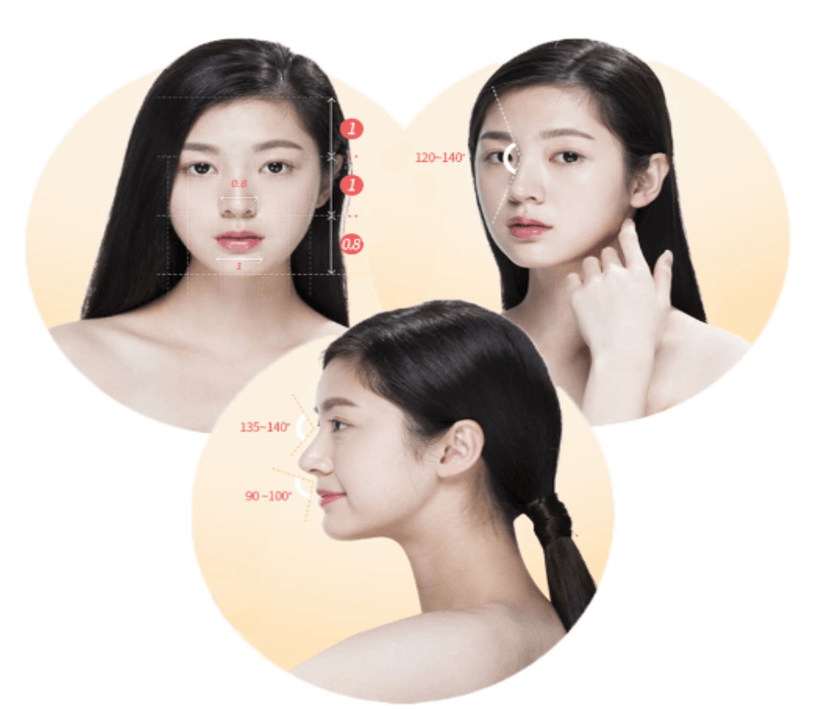
Rhinoplasty in Korea can help you achieve your anticipated results with regard to:
- The symmetry of the nose
- Proper nose size proportionate to facial balance
- Correct nose width at the bridge
- Size and position of the nostrils
- A more desirable nose profile by correcting visible humps or depressions on the bridge of the nose
- Improved nasal tip that is enlarged or bulbous, droopy, or hooked
- Improved nostrils that are large, wide, or upturned
Rhinoplasty in Korea is a personalized surgical procedure that involves a consultation with a surgeon to talk about your preferred appearance. The surgeon will then consider the patient’s facial features, skin type, ethnic background, and age when discussing cosmetic nose surgery.
Although generally minor, the surgeon will also go over the risk factors as well as which areas of the nose need to be improved. Young patients are generally advised to avoid having a rhinoplasty until their facial bones are fully developed, which is at 15- or 16-years-old, except in cases of substantial deformity or injury, or to correct breathing problems.
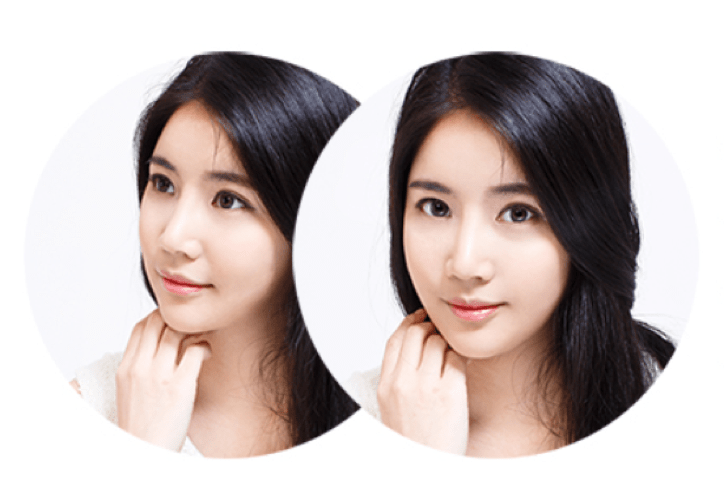
Before the Procedure
Prior to your surgery, we here at Seoul Guide Medical will give you instructions to follow, which may include:
- Stopping any blood thinners or other medicines from a list that your doctor will give you.
- Undergoing some routine tests to make sure it is safe for you to have surgery.
- Avoiding cigarettes at least 2 to 3 weeks before and after surgery to speed up the healing process.
- Arranging for someone to being you home after surgery if necessary.
During the Procedure
Rhinoplasty in Korea is typically performed either in a surgeon’s clinic, a hospital, or an outpatient center. The surgery may take about 1 to 4 hours to complete. On average it takes 2-3 hours but it depends on the difficulty of the case.
Depending on how complex your nose surgery is, you will be needing either general anesthesia or local anesthesia with sedation. Before surgery, it is best that you discuss with your doctor which type of anesthesia is most suitable for you.
Types of Rhinoplasty
Your surgeon has several ways of addressing the manner in which to alter the form of your nasal bones or cartilage in rhinoplasty. These are dependent on the structure of your nose, how much needs to be added or removed, and the presented materials.
Most nose surgeries can be categorized into two types: closed or open.
- Closed surgery. The closed technique in rhinoplasty is done by creating incisions within the inside of the nose. This procedure is usually applied when the required surgery is minimally invasive. This is rarely done in Korea as there are too many limitations and higher risks since the surgeon can’t see exactly what is happening.
- Open surgery. During open surgery, your doctor may opt for a small external incision between your nostrils at the base of your nose where he can fine-tune the bone and cartilage under your skin. This is by far the preferred method as the surgeon can see exactly what is happening. It is safer and the results will be better usually.
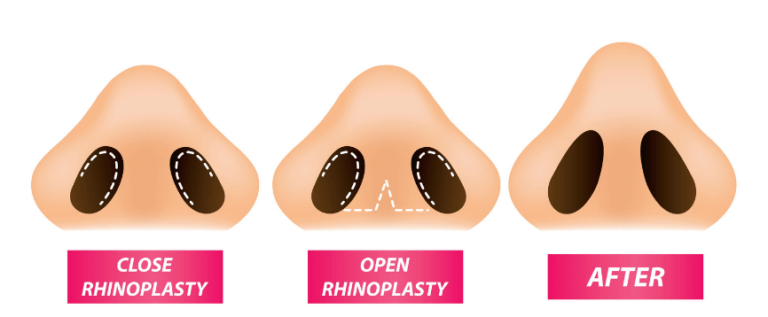
Sometimes, the surgeon uses cartilage taken from your ear or from deeper inside your nose to be used for small changes. This cartilage is normally used to create a strut for the nose tip. This strutt helps to hold your nose into the right position. Implants on the tip area are normally not used in Korea because your nose skin is thin in the tip. Place an implant would cause redness and those tip thinning in the long run. Donated cartilage can be used for the tip or the bridge of the nose. Rib cartilage can also be used but this requires a small incision to be made on your rib and will lead to a small scar. It also adds time and cost to the surgery and is usually not necessary. The bridge of the nose can be augmented to have a higher height. This is normally done with a silicone implant. Gore-Tex can be used but it adheres too well to the surrounding tissue and can cause future issues. Silicone is the gold standard. Some patients request a taller nose via cartilage. This is not a good idea as cartilage that is placed over such a vast area tends to absorb or warp leading to problems in the look. An implant is a much better idea in most cases.
After the Procedure
After your rhinoplasty in Korea, you will usually be allowed to leave the clinic after 2-3 hours unless you require more time. In difficult cases you will be held overnight for observation. You will be experiencing congestion, along with swelling and some bruising around the eyes, although these will start to get better after about the third day. It is also natural to have mild to moderate discomfort, as well as headaches, after your surgery.
Normally, the dressings in your nose will stay in place for one to seven days after surgery. In 3 to 5 days, the nasal packing may be removed, which will make you feel more comfortable. Stitches and taping are usually removed on the 7th day but sometimes internal stitches are removed on the 10th day.
You will also be donning a nose splint and cast for protection and support for around 5 days depending on your case. It is also advised that you sleep with your head elevated to 15-20 degrees higher for about three days after surgery. Cold compress around the nose and the eyes will help diminish edema and bruises significantly.
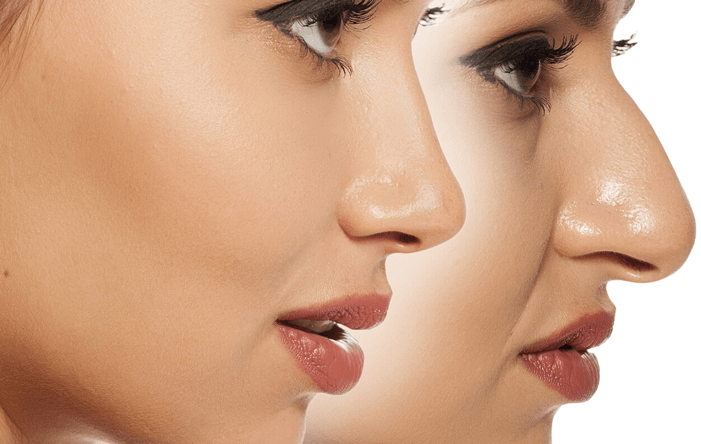
FAQs
How is rhinoplasty different from septoplasty?
Rhinoplasty and septoplasty are surgical procedures that involve the nose. Whereas rhinoplasty is done to change the shape and visual appearance of the nose, septoplasty is performed to improve breathing by straightening the nasal septum. Often, rhinoplasty and septoplasty are merged together to improve both the shape and function of the nose.
How long is the recovery period?
There will be some swelling after rhinoplasty. However, you should be able to go back to your daily social activities besides exercise, drinking and smoking after 2-3 days. Our own CEO was back at work the next day after his rhinoplasty and most of our patients are out shopping after 2-3 days or touring. That being said you will have a bit of bleeding for 2-3 days and have bruising and swelling. After 3-4 weeks it doesn’t seem that you had a surgical procedure done but you may think you are still swollen. This feeling may last for around 3 months. By then, almost all your swelling is gone. Lastly, the final shape and form of your nose will become apparent about six months after healing but full internal healing can take up to 1 year.
Are there risks in getting rhinoplasty in Korea?
As with all other surgeries, rhinoplasty does have some risks. However, these risks are minor and it is uncommon for complications to arise from the surgery. Prior to the operation, your surgeon will discuss the surgery’s risks and benefits comprehensively.
What is the average price for a nose job in South Korea?
Getting a nose job in Korea has become so common and acceptable not only for its relative affordability but also for its impact on a person’s self-confidence and well-being.
South Korean nose surgeries are relatively cheaper than in other parts of the world when compared at the same level. For the level of quality here you would be paying 5-10 times more abroad. Prices depend on the number of parts, the amount of work, the difficulty of work, the level of doctor, the market conditions and more. A super simple 1 part case, possible without sedation can be as low as 2000 USD. A very complex, multiple revision case can go 10,000 USD – 15,000 USD. For an average rhinoplasty (1st time case you can expect to pay 4,000 USD to 8,000 USD depending on the level of doctor skill and their pricing guidelines. Keep in mind a popular doctor who is very skilled will not do a rhinoplasty for you at 4,000 USD or near that. Seoul Guide Medical will provide you with a list of multiple clinics and their costs so you can compare pricing and what is offered.
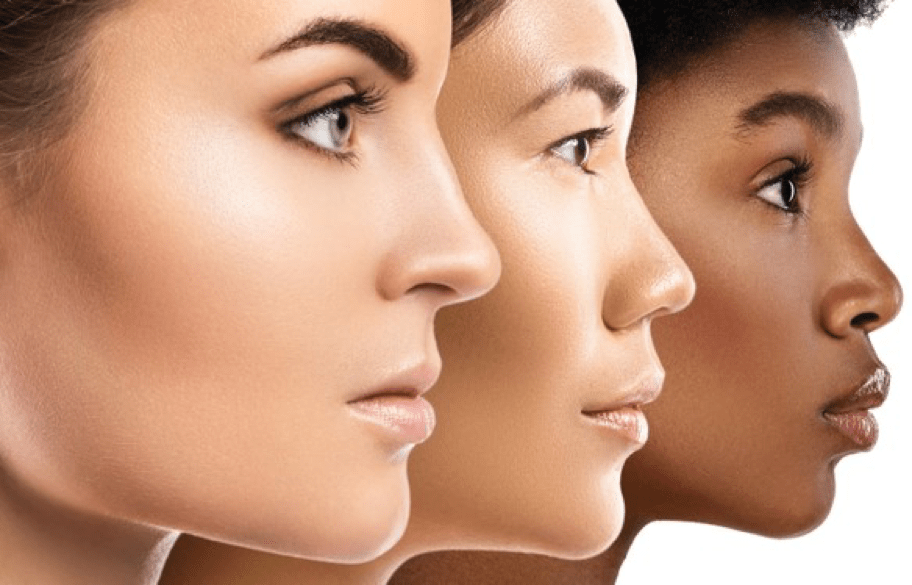
South Korea continues to be a world leader in plastic surgery and getting a rhinoplasty in the country is one of the most routine procedures that anyone can avail. International patients keep traveling to Korea for medical tourism because of their reasonable pricing, top class surgeons and results. All things considered, rhinoplasty in South Korea is one that is worth considering. Still, it is best that you always check in with a doctor before finally pushing through with any procedures, and review all treatment options that are available to avoid disappointments and for you to minimize any risks of something going wrong.
RHINOPLASTY IN KOREA BEFORE AND AFTER

